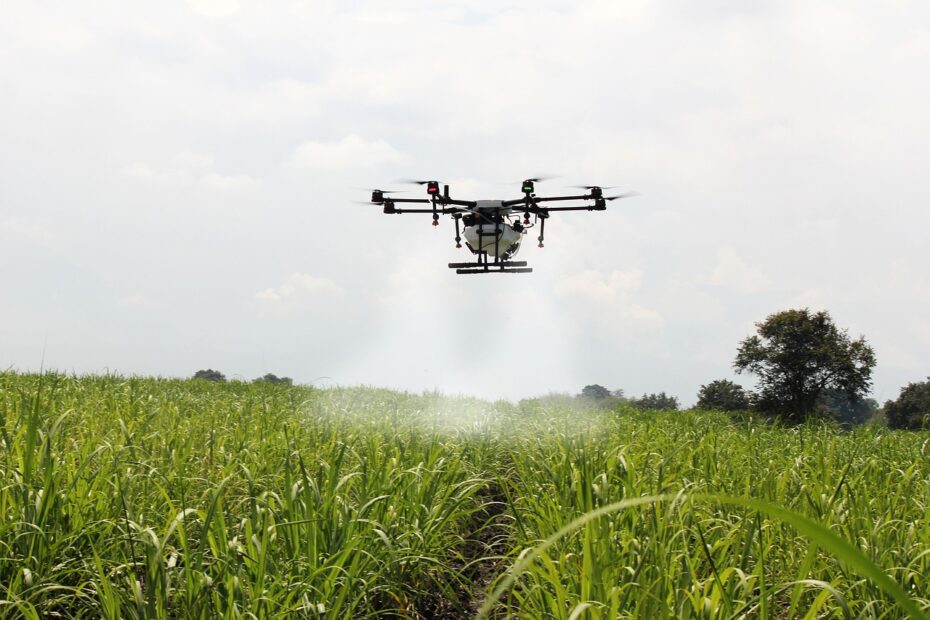Source: Nordregio
Interest Story Map from Nordregio on the role of digitalisation in the bioeconomy sector, mainly in three key dimensions which are illustrated by good examples.
Dimension 1: The adoption and use of digital tools
The first dimension sees the use of digital tools as a vehicle for precision-use and monitoring. For example, real-time monitoring of farming practices such as crops and livestock and brings added value through saved time and costs. Similarly, in the forestry sector, monitoring can bring added value by generating data, optimising the preservation and use of forest ecosystem services.
Dimension 2: Data for systems innovation in the bio-based circular economy
The second dimension pertains to the bioeconomy as part of the circular economy, where data may aid the improvement of value chains; to reuse, recycle and repair. Data analysis generated from digitalisation in, for example, biorefineries or bio-based manufacturing may help identify new products emerging from what was previously defined as waste.
Dimension 3: High-value extraction and novel applications
The third dimension is where we see advancements in biotechnology. Data-driven at its core, biotechnology is developing rapidly due to the growing repository of information related to biology. Its application can be seen across a variety of products and services such as the use of genomes for therapeutics, personalised medicine and biopharmaceuticals. It may also be seen in the development of biochemicals as replacements for petrochemicals and other harmful substances.
